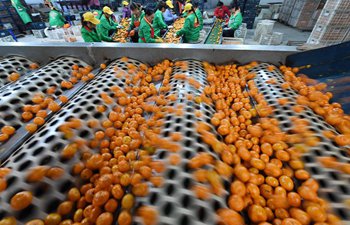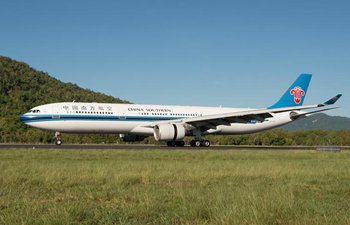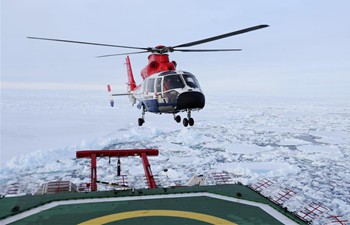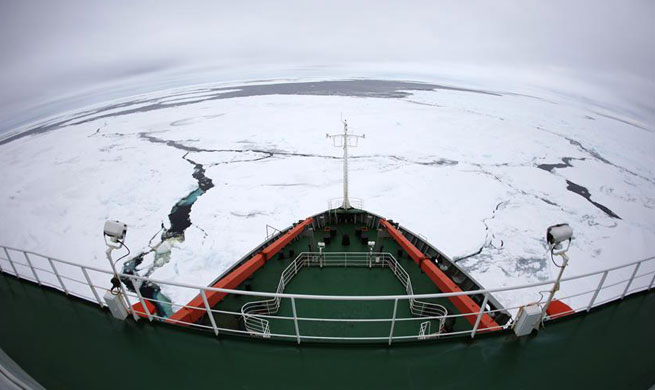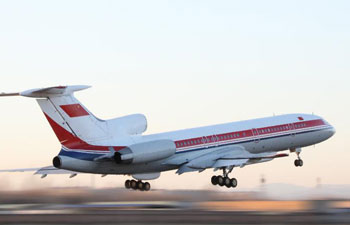NAIROBI, Dec. 5 (Xinhua) -- Antimicrobial resistance from environmental pollution is among biggest emerging health threats in the world, the UN Environment Programme (UNEP) said in a new report released in Nairobi on Tuesday.
Launched during the Third Session of the United Nations Environment Assembly in Nairobi, the report finds that the role of the environment in the emergence and spread of resistance to antimicrobials is particularly concerning.
"The warning here is truly frightening: we could be spurring the development of ferocious superbugs through ignorance and carelessness," says the Frontiers Report.
The report looks at six areas - the environmental dimension of antimicrobial resistance; nanomaterials, marine protected areas, sand and dust storms, off-grid solar solutions, and environmental displacement.
UN Environment Executive Director Erik Solheim said that studies have already linked the misuse of antibiotics in humans and agriculture over the last several decades to increasing resistance, but the role of the environment and pollution has received little attention.
"These needs priority action right now, or else we run the risk of allowing resistance to occur through the back door, with potentially terrifying consequences," Solheim said.
Antimicrobial resistance occurs when a microorganism evolves to resist the effects of an antimicrobial agent.
Globally, about 700,000 people die of resistant infections every year because available antimicrobial drugs have become less effective at killing the resistant pathogens.
The UN official said that there is clear evidence that the release into the environment of antimicrobial compounds in effluents from households, hospitals and pharmaceutical facilities, and in agricultural run-off, combined with direct contact between natural bacterial communities and discharged resistant bacteria, is driving bacterial evolution and the emergence of more resistant strains.
He noted that once consumed, most antibiotic drugs are excreted un-metabolized along with resistant bacteria - up to 80 percent of consumed antibiotics.
"This is a growing problem, since human antibiotic use increased 36 percent this century, and antibiotic use in livestock is predicted to increase 67 percent by 2030," he added.
According to the Frontier Report, about 75 percent of antibiotics used in aquaculture may be lost into the surrounding environment.




